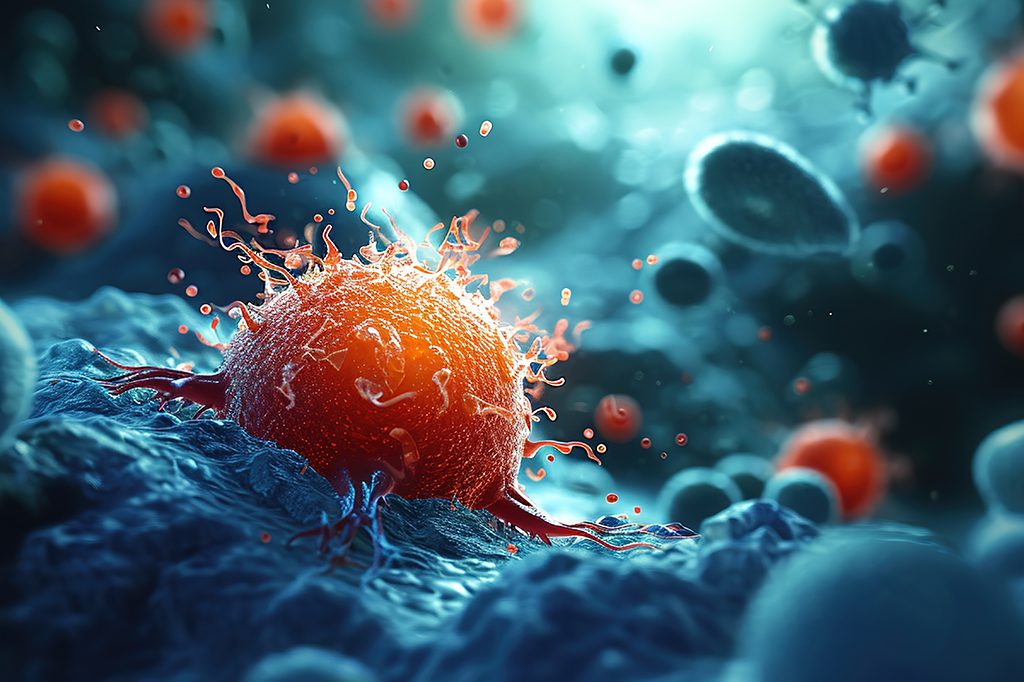Coping Skills for the New Year
Connecting our Communities Coping Skills for the New Year With Erin Wallace As we step into a brand-new year, many of us are looking for ways to navigate the challenges


Breast cancer is one of the most common cancers, and while it’s more frequently associated with women, both men and women can develop breast cancer.
What is Breast Cancer?
Breast cancer happens when the cells in the breast start growing abnormally. These cells can form a tumor, which may be benign (non-cancerous) or malignant (cancerous). Malignant tumors can spread to other parts of the body, making early detection critical.
Breast cancer is the most common cancer in women globally, aside from skin cancer. In the United States, about 1 in 8 women will be diagnosed with breast cancer in their lifetime.
Recognizing symptoms early can lead to more successful treatment. Key signs to watch for include:
Regular mammograms starting around age 40 or earlier if they are at high risk. Breast cancer that is detected early is much more treatable. Regular screenings can help catch the disease before it spreads.
Breast Cancer in Men
Breast cancer in men is much rarer but still occurs. About 1 in 833 men in the U.S. will be diagnosed with breast cancer. While men do not have as much breast tissue as women, they can still develop the disease, and it can be just as serious.
Men should not ignore any unusual changes in their breast area. Symptoms include:
Since men are less likely to consider the possibility of breast cancer, it’s important to be aware of these symptoms and seek medical advice early. Men who are at higher risk due to genetics or family history should also speak with their doctor about possible screening options.
Conclusion
Breast cancer affects both men and women, though in different ways. Regardless of gender, it’s essential to pay attention to any changes in the breast area and seek medical advice when necessary. By staying informed and proactive, we can all contribute to reducing the impact of breast cancer in our communities.

Connecting our Communities Coping Skills for the New Year With Erin Wallace As we step into a brand-new year, many of us are looking for ways to navigate the challenges
Connecting our Communities Mindfulness and Breathing Techniques By Sara Shainholts Feeling Anxious? Try These Simple Tricks to Find Peace It’s normal to feel nervous, especially about your health or everyday
Conectando nuestras comunidades Técnicas de Atención Plena y Respiración By Sara Shainholts ¿Te Sientes Ansioso? Prueba Estos Simples Trucos para Encontrar Paz Es normal sentirse nervioso, especialmente por tu salud
Grand River Health offers on-going grief support for individuals who are dealing with the loss of a loved one. We offer a way to connect those who are going through […]
Need some support on your weight loss journey? Join Changing Lifestyles monthly for a dietitian-led support group. Group will be held on the 1st Tuesdays of the month from 5:30 […]
Join us for a ribbon cutting ceremony at Grand River Health's new Physical Therapy center at Rifle Commons. Enjoy light snacks, tour the facility and meet the staff.
Have you recently gone through bariatric surgery or are you considering? Join Changing Lifestyles each month for a bariatric surgery support group. Sessions will be led by a dietitian or […]
Grand River Health offers on-going grief support for individuals who are dealing with the loss of a loved one. We offer a way to connect those who are going through […]
